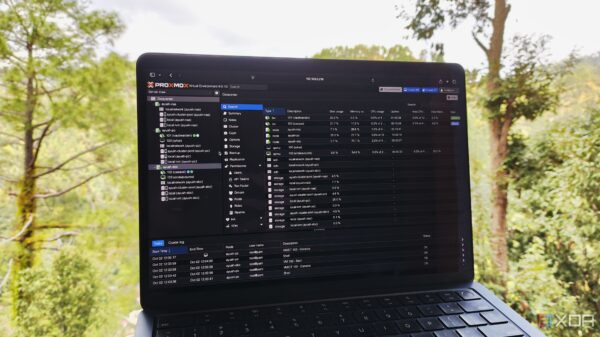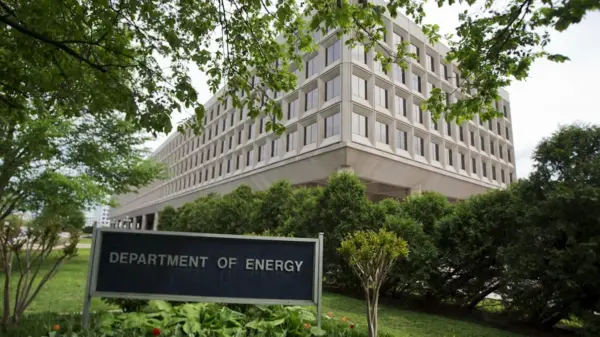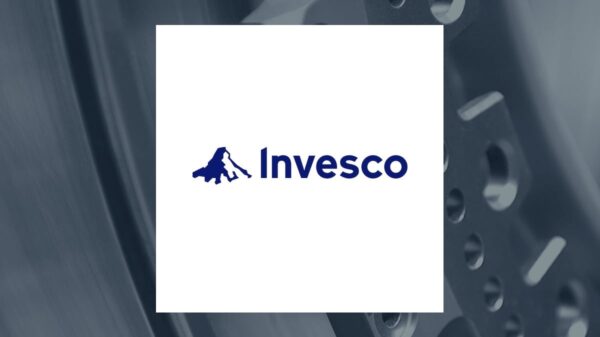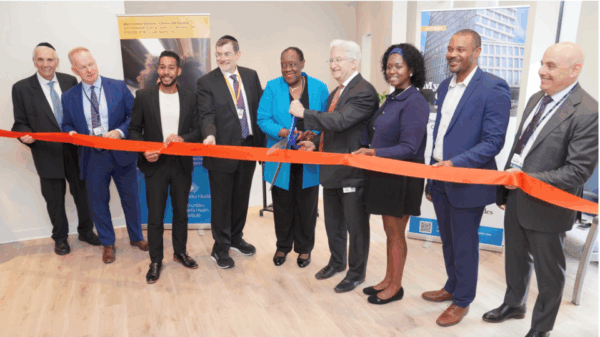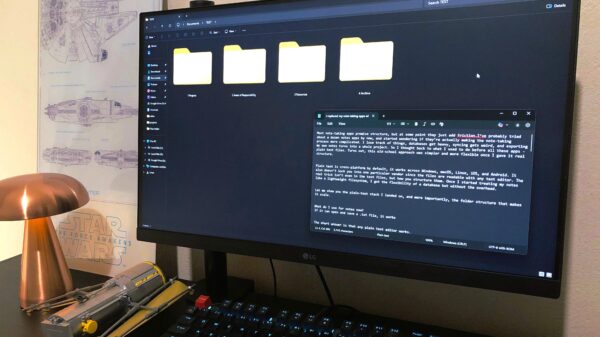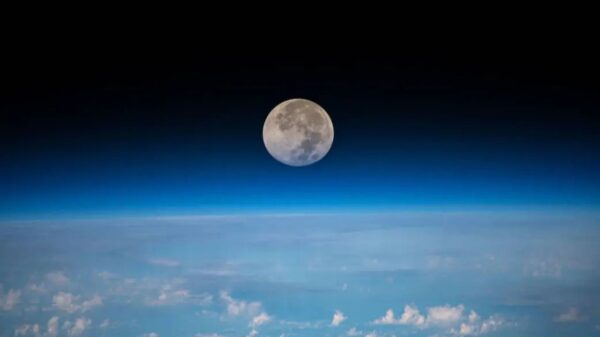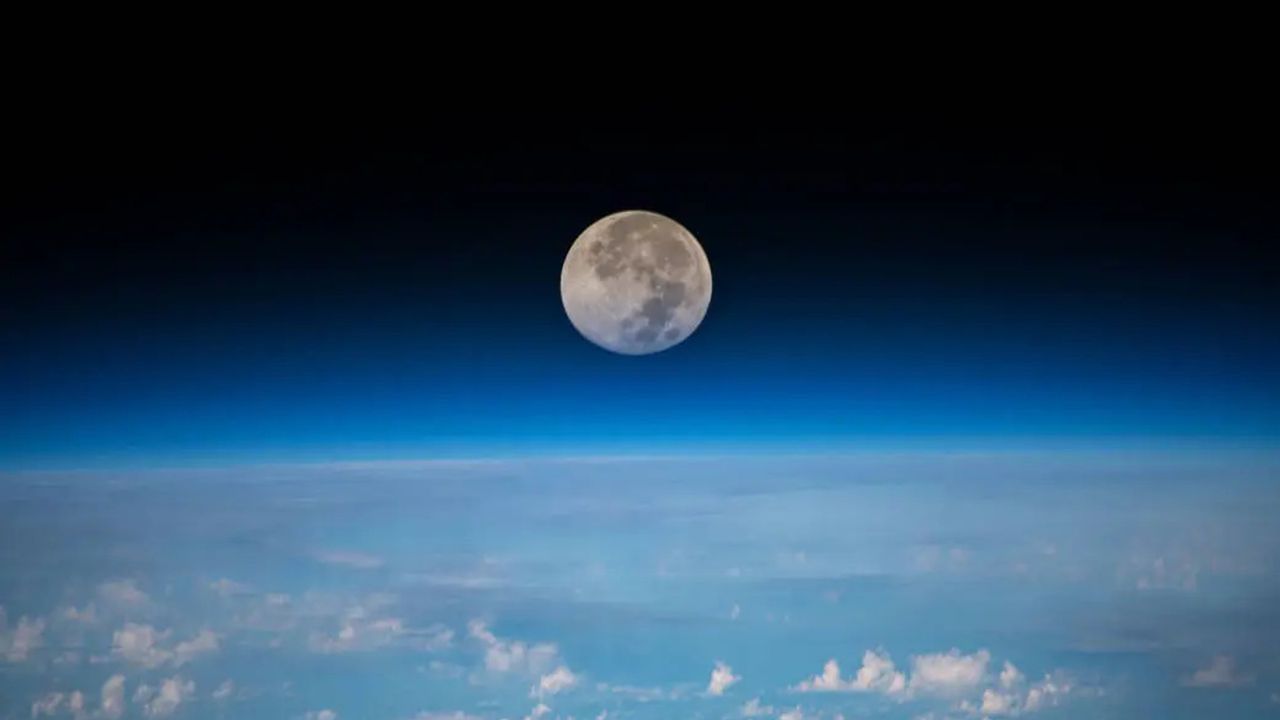The U.S. Defense Advanced Research Projects Agency (DARPA) is taking significant steps to foster economic activity on and around the moon. The agency has unveiled a comprehensive guide, titled “The Commercial Lunar Economy Field Guide: A Vision for Industry on the Moon in the Next Decade.” This document aims to lay the groundwork for a sustainable lunar economy, exploring the potential for mining and other commercial ventures.
DARPA’s initiative, known as LunA-10, outlines a ten-year plan to develop scalable lunar infrastructure. This strategy seeks to connect Earth with its closest celestial neighbor, unlocking the moon’s economic potential. The field guide, published by Air University Press, comprises 23 chapters contributed by over 130 authors. It presents foundational technology concepts that could facilitate off-Earth economic development, emphasizing the creation of monetizable services for future lunar trade.
Challenges and Opportunities for Lunar Industry
Editor of the guide, Michael Nayak, a DARPA program manager, highlighted the extensive work required to realize this vision. He noted that there were unexpected insights during the compilation of the guide. One significant finding was the importance of space insurance in commercial activities, which currently represents a substantial cost barrier. “If you want to create a commercial ecosystem, you have to create a better way to make the risk understandable to space insurance companies,” Nayak stated.
Another challenge identified is the moon’s extreme temperature fluctuations. The guide emphasizes that managing heat generated by operations such as drilling and using heavy machinery is crucial for any sustained commercial activity. “A commercial economy cannot thrive if it can only operate during sunlit hours,” Nayak explained, underscoring the need for solutions that allow for continuous operations regardless of lunar day-night cycles.
The guide also addresses a pivotal question: what specific resources on the moon can be monetized? Nayak mentioned that many investors express interest in lunar ventures, but the answer remains unclear. “What is monetizable on the moon? I think that’s still an open question,” he noted.
Mining and Resource Potential on the Moon
The potential for mining lunar resources stands at the forefront of economic discussions. Nayak indicated that mining is the best guess for a viable commercial activity. The focus is on understanding what materials might be extractable, their concentrations, and the economic feasibility of such endeavors.
DARPA’s Lunar Assay via Small Satellite Orbiter (LASSO) program aims to provide low-altitude, high-resolution measurements of lunar resources. Nayak argued that if there is commercial value to be found, it likely lies within the moon’s subsurface.
When discussing potential resources, Nayak pointed to rare-earth elements and platinum group metals as prime candidates for extraction. However, he cautioned that more data is needed to ascertain their viability. “If they exist on the moon, they would be significantly deep and energy-intensive to extract,” he said, emphasizing the uncertainty surrounding these assumptions.
Nayak concluded by stressing the need for continued research and development. “There’s so much learning we need to do. There are so many different directions. It’s challenging to list them all,” he remarked. He encapsulated the spirit of the initiative by stating, “Envisioning the future is easy. Dragging it into the present and making it real is not. We have our work cut out for us, but it is possible, and the time for action is now.”
As DARPA pushes forward with this ambitious vision, the world watches closely. The quest to transform the moon into a bustling marketplace represents not only a scientific endeavor but also a potential leap for humanity into a new economic frontier.


